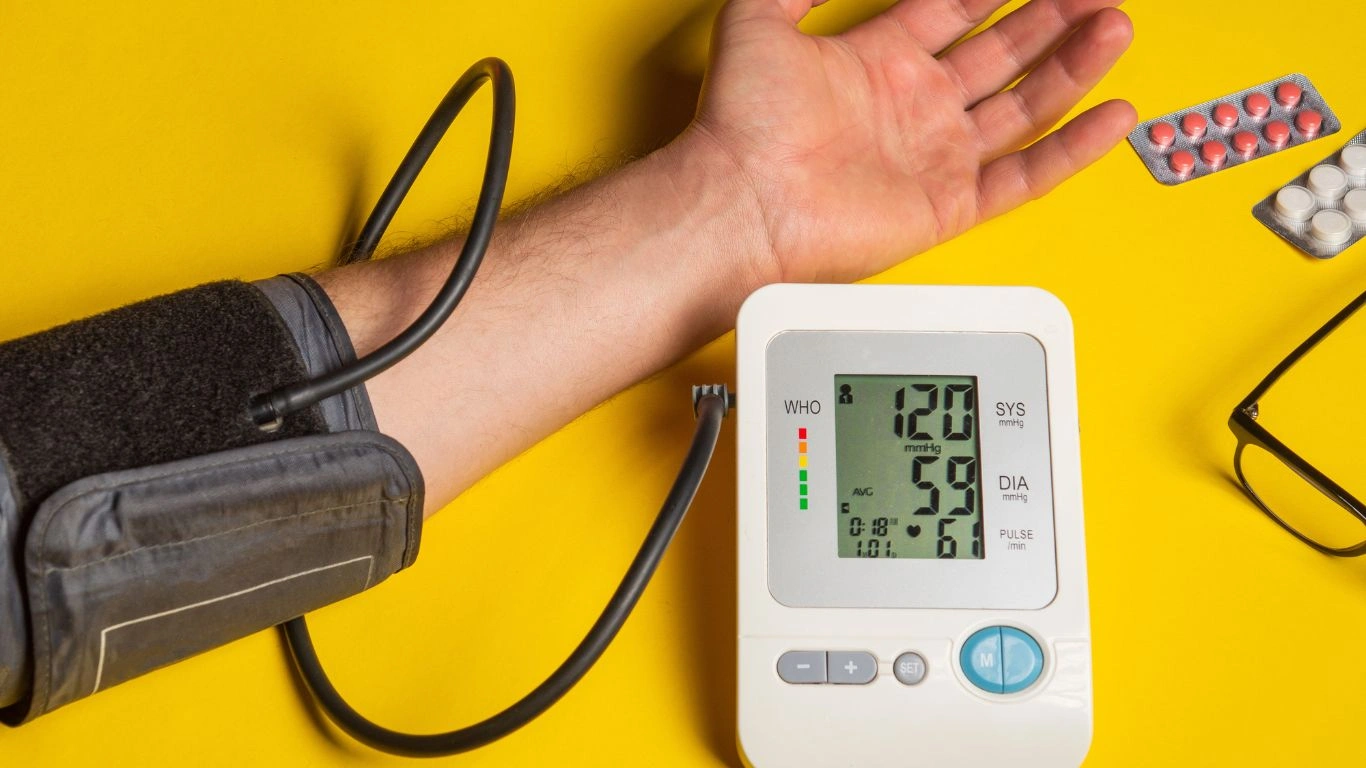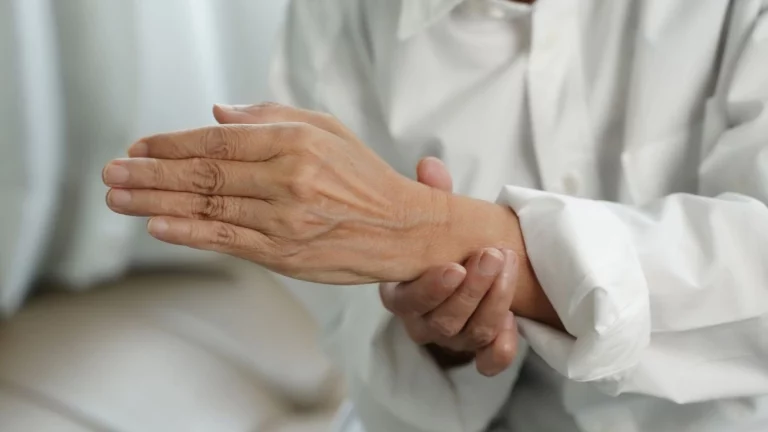Avoid These Mistakes: Best Tips for Accurate BP Readings
Checking your blood pressure (BP) may seem like a small task, but it plays a big role in your overall health. Blood pressure readings can help detect early signs of heart disease, stroke, and other serious conditions. But for BP readings to be useful, they need to be accurate. Small mistakes—like sitting the wrong way or drinking coffee right before a reading—can lead to false results. This article shares helpful tips for getting the most accurate BP readings at home or in a clinic.
Understanding Blood Pressure: What It Means
Blood pressure is the force of blood pushing against the walls of your arteries as your heart pumps. It’s measured using two numbers: systolic and diastolic. The systolic number (the top number) shows the pressure when your heart beats. The diastolic number (the bottom number) shows the pressure when your heart rests between beats.
Your blood pressure changes throughout the day. It can go up when you’re stressed, active, or excited, and it can go down when you’re relaxed or sleeping. That’s why it’s important to check it under the same conditions each time for consistency.
How a BP Reading Works
Blood pressure is measured using a device called a sphygmomanometer, which includes an inflatable cuff, a gauge, and sometimes a stethoscope. These days, many people use digital monitors that automatically inflate and display the numbers.
The cuff wraps around your upper arm and tightens to stop blood flow for a moment. As it deflates, the monitor detects the blood flow and measures the pressure. That’s how it finds your systolic and diastolic numbers.
Accurate readings depend on proper technique. Even minor errors can lead to numbers that are too high or too low. That’s why following the right steps matters.
Common Mistakes That Can Affect Your BP Readings
- Sitting the wrong way: Slouching or crossing your legs can raise your BP reading.
- Using the wrong cuff size: A cuff that’s too small or too big won’t measure correctly.
- Taking it right after exercise: Your BP may be temporarily elevated after physical activity.
- Having a full bladder: This can increase your systolic number by 10 to 15 points.
- Talking during the reading: This can raise both systolic and diastolic pressures.
- Drinking caffeine or smoking: Both can increase your numbers for about 30 minutes.
It’s easy to make these mistakes without realizing it. Taking a few minutes to set up correctly can make a big difference in your results.
Tips for Getting Accurate BP Readings
To improve the accuracy of your BP measurements, try these simple but effective steps:
- Rest for 5 minutes before measuring. Sit quietly in a chair with back support, feet flat on the floor, and legs uncrossed.
- Use the same arm each time. The left arm is often recommended unless your doctor says otherwise.
- Keep your arm at heart level. Rest your arm on a table or a pillow so the cuff is even with your heart.
- Avoid caffeine, smoking, or exercise 30 minutes before. These can all cause temporary increases in BP.
- Use a well-fitting cuff. The cuff should cover about 80% of your upper arm and fit snugly but not too tight.
- Take multiple readings. Two or three readings, one minute apart, give a more accurate average.
- Record your readings. Keep a log to share with your healthcare provider.
Following these tips makes your readings more reliable—and helps you and your doctor make better decisions about your health.
Why Consistency Matters
One isolated reading doesn’t tell the whole story. Blood pressure naturally goes up and down. What matters most is the pattern over time. That’s why taking readings at the same time of day, in the same position, and under the same conditions is key.
For example, your morning BP might be higher than your evening one. Or it may go up when you’re at the doctor’s office—a common effect known as “white coat syndrome.” Keeping track at home helps give a more complete picture.
When to Take BP Measurements
For most people monitoring at home, once in the morning and once in the evening is a good start. Your doctor might suggest more frequent checks if you’re adjusting medications or have a condition like high blood pressure (hypertension).
Be consistent with the timing, and try to take it at least 30 minutes after waking up or eating. Avoid doing it right after stressful events or heavy activity.
Talk to your healthcare provider about what schedule works best for you.
Signs Your BP Monitor Might Be Inaccurate
- Sudden changes in your usual readings without lifestyle or medication changes
- Unusually high or low numbers that don’t match how you feel
- Readings that vary widely within minutes of each other
- Old or damaged equipment—especially if the cuff has leaks or the display is hard to read
If something seems off, bring your monitor to your doctor’s office and compare it with their equipment. They can help you calibrate it or suggest a better one.
When to Talk to a Doctor
Even with careful home monitoring, your healthcare provider should always guide your blood pressure care. Call or make an appointment if you:
- Frequently get readings higher than 130/80 mmHg
- See a sudden change in your usual BP levels
- Experience dizziness, chest pain, or shortness of breath
- Have questions about your medications or symptoms
Don’t wait until something feels wrong. It’s better to ask early and be safe. Your doctor can review your readings, adjust medications if needed, and make sure you’re on the right track.
Takeaway
Measuring your blood pressure the right way is one of the easiest and most powerful things you can do for your health. Small habits—like sitting up straight or using the right cuff—can help ensure your numbers are accurate. Over time, those numbers help you and your doctor make smart choices to protect your heart and well-being.
If you ever feel unsure about your results, don’t hesitate to reach out to your healthcare provider. They’re there to help you every step of the way.

Dr. Gwenna Aazee is a board-certified Internal Medicine Physician with a special focus on hypertension management, chronic disease prevention, and patient education. With years of experience in both clinical practice and medical writing, she’s passionate about turning evidence-based medicine into accessible, actionable advice. Through her work at Healthusias.com, Dr. Aazee empowers readers to take charge of their health with confidence and clarity. Off the clock, she enjoys deep dives into nutrition research, long walks with her rescue pup, and simplifying medical jargon one article at a time.






